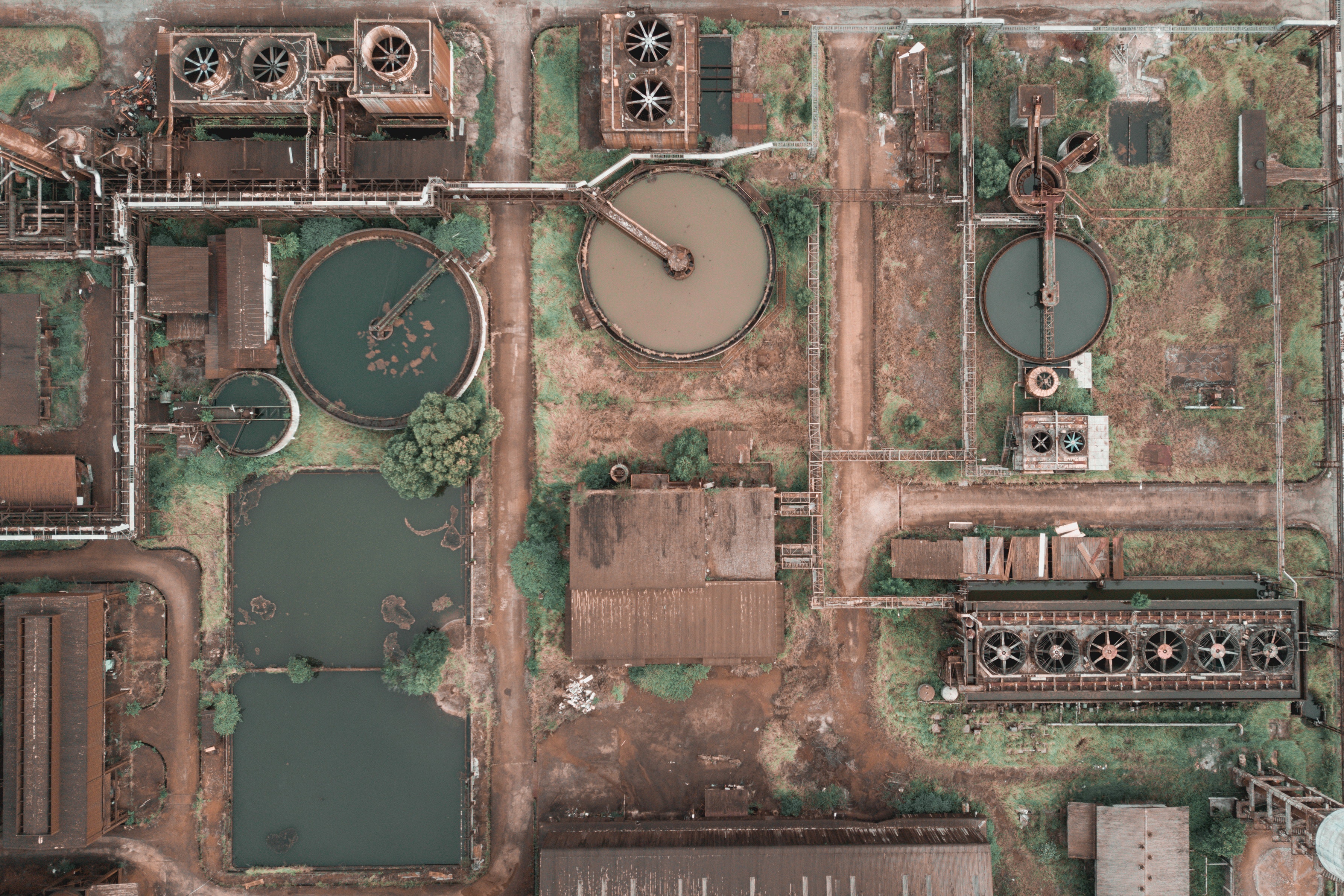How To Remove Smell From Sewage Treatment Plant
Shibily S, Business Development Manager
8-May-2021
Shibily S, Business Development Manager
8-May-2021

There are various reasons for determining the bad odour from any sewage mechanism and ascertaining those grounds is one of the most integral steps to control the odour. Seemingly, an anaerobic decomposition of organic compounds generates a foul odour at the sewage treatment plant and their low solubility in wastewater makes them liberate into the environment causing offensive odour. Understandably, these sewage odours often pollute the entire nearby surroundings and are not meticulous matters that can be tolerated.
Although controlling these repellent odours sometimes get a bit challenging, however, few steps can be pursued. Initially, we would recommend discovering the reason behind odour and then trying to look for odour control technologies accessible.
We would suggest speaking to your plant supplier or local service providers first before trying any step to remove the odour from sewage treatment plant. Some plants might be struggling from meeting process parameters due to equipment failures, abnormal raw sewage intake, etc.
Get your entire plant emptied and check the system
Sometimes it happens that the system gets overload or dirty giving root to offensive odour. It has been suggested that sludge build-up shall be detached from the plant for fine functioning. On the other hand, once in a while check that your treatment plant is not making any abnormal foaming, if this is so, consult a professional. Also, ensure you aren’t employing enough chemicals without thorough knowledge.
Select Right Odour control unit for your use
Even after operating the plant with optimum process parameters and well-maintained equipment, odour generating from collection tank and sludge treatment area are inevitable in sewage treatment plants. This is due to anaerobic decomposition of wastewater, which releases Hydrogen Sulphide causes odour like rotten egg.
The simplest and easiest solution to control odour is to deploy a suitable odour control unit for sewage treatment plant. Odour control units will extract the odorous gases from the collection tanks and releases the odourless air in the atmosphere. There are various proven odour control technologies like Activated carbon adsorption, Chemical scrubber and Biological oxidation systems, available in the market.
However, choosing a right Odour control technology is especially important for the sewage treatment plant to remove the odour completely and to run the plant efficiently, with limited operating cost. Major factors influencing the selection of the odour control technologies are,
- Treatment capacity of the plant,
- Capacity of the odour control unit,
- Efficiency of odour removal required and operating cost.
In order to make it simple, for a sewage treatment plant of up to 1 mld or up to 10,000 m3/hr it is advisable to go with Activated carbon-based adsorption system, which is less hassle in terms of installation and operation of the odour control unit. For anything above 1mld size sewage treatment plant or Odour control unit capacity 10,000 m3/hr or above, it is suggested to go for a combined Biological and activated carbon adsorption system, for a lesser operating cost in a long run. Where the capacity of odour control unit required is above 10,000 m3/hr and it is intermittent in operation, chemical oxidation technologies can be considered.
It is always advised to seek the help of specialist vendors in selecting suitable odour control unit for the treatment plant.

